This Brush Is Called Claude M(onet) And I Think It Sort Of Does The Job
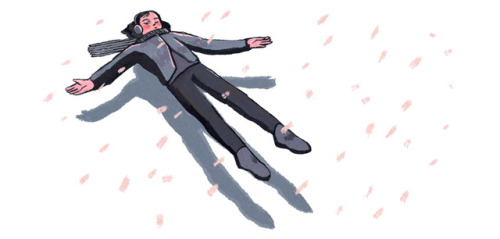
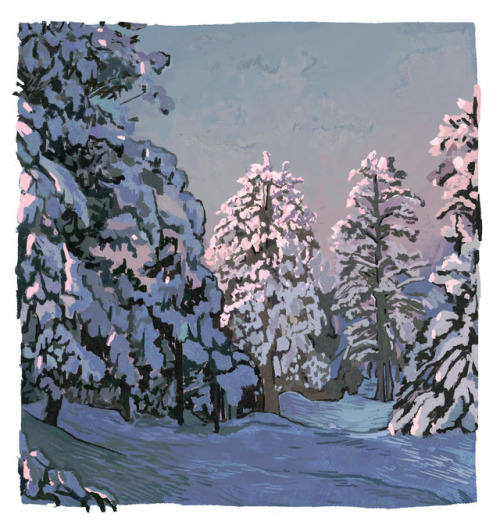
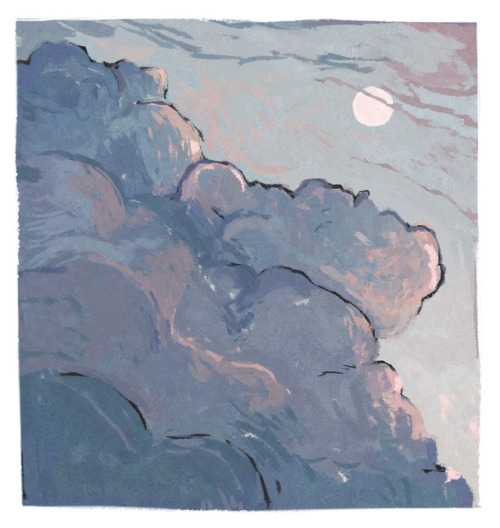
this brush is called claude m(onet) and i think it sort of does the job
twitter / ig / prints
More Posts from Ghiblibiotch and Others




i’m so soft right now!
[i hate those credits in front of him. i love his face]
Hufflepuff: I bet I could fit the whole world in my hands!
Slytherin: Hufflepuff, that's physically impossible.
Hufflepuff: *cups Slytherin's face* Are you sure?
Slytherin: *blushing* Stop it, I have a reputation.


ok
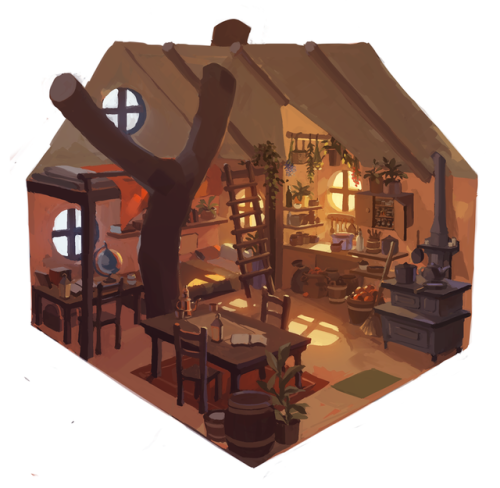


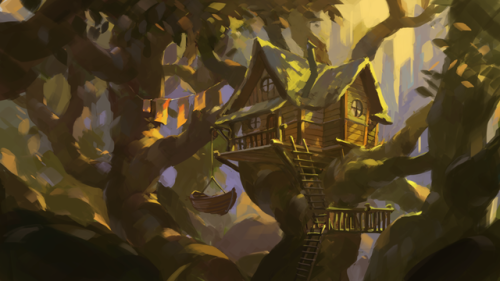
A treehouse for a little duo in the woods :)
I fucking love this I'm crying bc you're obviously right and the writing of this show is the best thing ever omfg
Hey, I wanna talk about a piece of fridge brilliance (pun intended) in The Boiling Rock.
Specifically, about the Coolers. And about Zuko.
The Coolers are, first and foremost, a means of firebender suppression. They are invoked as a punishment against unsanctioned firebending. They are designed, specifically, to shut down firebenders who have toed out of line. Like the metal prison in Imprisoned, like the suspended cages in The Puppet Master, these are prison facilities designed with a specific sort of bender in mind.
So then - Zuko.
Why throw Zuko in the Cooler as part of the escape plan? He should be EXACTLY the sort of person the Cooler is designed to work most devastatingly against. It would almost make more sense to try to get Sokka thrown into the cooler - he’s from the South Pole at least. Or maybe Suki, who’s not a bender at all. But they choose Zuko. And he’s successful. Subjected to the most severe form of firebender suppression in the Fire Nation’s most high-profile prison, Zuko is able to dismantle the Cooler and walk away smiling.
Why?
I want to walk you through some facts:
In a tidbit of behind-the-scenes trivia, it was revealed that airbenders can regulate their body temperature with their breath alone. This is why Aang is so weirdly comfortable traveling around the South and North Pole (and really any climate in the series) in his normal monk garb. Everyone else changes outfits to reflect the changing climate, but not Aang, his breath has that covered.
It would be quite useful if a technique like that could be adapted to another style of bending. The same way that a waterbender’s redirection of their opponent’s energy could be adapted to the redirection of a firebender’s lightning. I bet the man who invented lightning redirection by studying waterbending would have some brilliant insight into using the breath for warmth by studying airbending.
In fact, that exact man tells Zuko “Remember your breath of fire. It could save your life out there.” back in Siege of the North. We see Zuko use his breath to warm himself that very episode, per his uncle’s instructions.
And we see Zuko use his breath of fire in one other case:


To endure the cooler.
I’m willing to bet - Breath of Fire, as a means to keep oneself warm, is not a native firebending technique. If it was, the whole concept of the Cooler would be laughable. Any prisoner would just Breath-o-Fire himself warm in there, and the prison guards would all collectively say “oh wow, the Cooler was a stupid idea, time for a new plan.”
But we know a traditional firebender would be sapped so cold in the Cooler that his firebending becomes unusable. If Zuko were relying on traditional firebending techniques, the same would happen to him. But he’s not.
Zuko’s Breath of Fire is an airbending technique.
One that Iroh taught him. One the Fire Nation has no precedent for. One which lets Zuko ward off the freezing effects of the Cooler like it’s nothing, and allows him to dismantle it from the inside and come away smiling, unhindered, unaffected, warm to his core.
It’s another case of Iroh’s brilliance. And I’m betting he and Zuko may be the only two firebenders in the world who could pull this off.
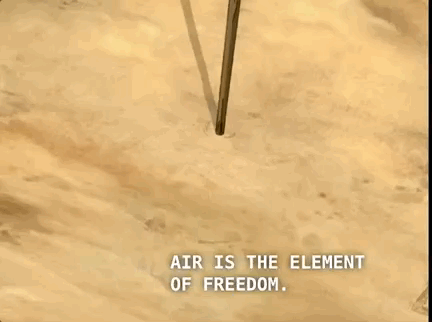


Here’s the thing about the air nomads.
I introduced a friend to ATLA a few nights ago, and they had only known two things about the entire show: the cabbage meme, and that Aang apparently wants to ride every large and dangerous animal he can possibly find. We got through the first five or so episodes, and my friend noted that Aang is exactly what a 12-year-old would be like if given godlike powers, and that this is literally just what he could do with airbending. He can’t even wield any of the other elements, and he’s one of the most powerful people on the planet, because he’s an airbender.
And that got me thinking.
This snippet from Bitter Work is one of the few pieces of concrete information we get about the airbenders, at least in ATLA. Iroh is explaining to Zuko how all four of the elements connect to the world and to each other.
Fire is the element of power, of desire and will, of ambition and the ability to see it through. Power is crucial to the world; without it, there’s no drive, no momentum, no push. But fire can easily grow out of control and become dangerous; it can become unpredictable, unless it is nurtured and watched and structured.
Earth is the element of substance, persistence, and enduring. Earth is strong, consistent, and blunt. It can construct things with a sense of permanence; a house, a town, a walled city. But earth is also stubborn; it’s liable to get stuck, dig in, and stay put even when it’s best to move on.
Water is the element of change, of adaptation, of movement. Water is incredibly powerful both as a liquid and a solid; it will flow and redirect. But it also will change, even when you don’t want it to; ice will melt, liquid will evaporate. A life dedicated to change necessarily involves constant movement, never putting down roots, never letting yourself become too comfortable.
We see only a few flashbacks to Aang’s life in the temples, and we get a sense of who he was and what kind of upbringing he had.

This is a preteen with the power to fucking fly. He’s got no fear of falling, and a much reduced fear of death. There’s a reason why the sages avoid telling the new avatar their status until they turn sixteen; could you imagine a firebender, at twelve years old, learning that they were going to be the most powerful person in the whole world? Depending on that child, that could go so badly.
But the thing about Aang, and the thing about the Air Nomads, is that they were part of the world too. They contributed to the balance, and then they were all but wiped out by Sozin. What was lost, there? Was it freedom? Yes, but I think there’s something else too, and it’s just yet another piece of the utter brilliance of the worldbuilding of ATLA.
To recap: we have power to push us forward; we have stability to keep us strong; we have change to keep us moving.
And then we have this guy.

The air nomads brought fun to the world. They brought a very literal sense of lightheartedness.
Sozin saw this as a weakness. I think a lot of the world did, in ATLA. Why do the Air Nomads bother, right? They’re just up there in their temples, playing games, baking pies in order to throw them as a gag. As Iroh said above, they had pretty great senses of humour, and they didn’t take themselves too seriously.
But that’s a huge part of having a world of balance and peace.
It’s not just about power, or might, or the ability to adapt. You can have all of those, but you also need fun. You need the ability to be vulnerable, to have no ambitions beyond just having a good day. You need to be able to embrace silliness, to nurture play, to have that space where a very specific kind of emotional growth can occur. Fun makes a hard life a little easier. Fun makes your own mortality a little less frightening to grasp. Fun is the spaces in between, that can’t be measured by money or military might. Fun is what nurtures imagination, allows you to see a situation in a whole new light, to find new solutions to problems previously considered impossible.
Fun is what makes a stranger into a friend, rather than an enemy.
Fun helps you see past your differences.
Fun is what fuels curiosity and openmindedness.
Fun is the first thing to die in a war.
He even made Emma Watson beatbox. No one escapes this man.


Well you know what my rule is, I make the reporter beatbox.
-
 ohhoneyhoneyy liked this · 2 months ago
ohhoneyhoneyy liked this · 2 months ago -
 lenectarine reblogged this · 2 months ago
lenectarine reblogged this · 2 months ago -
 inapoemunlimited liked this · 3 months ago
inapoemunlimited liked this · 3 months ago -
 lunieu liked this · 3 months ago
lunieu liked this · 3 months ago -
 eliloquence reblogged this · 3 months ago
eliloquence reblogged this · 3 months ago -
 holytheftmood reblogged this · 3 months ago
holytheftmood reblogged this · 3 months ago -
 daengeli liked this · 4 months ago
daengeli liked this · 4 months ago -
 ofallingstar liked this · 4 months ago
ofallingstar liked this · 4 months ago -
 rekhaa reblogged this · 4 months ago
rekhaa reblogged this · 4 months ago -
 harpalyketheillustrious liked this · 4 months ago
harpalyketheillustrious liked this · 4 months ago -
 luci3skydi liked this · 4 months ago
luci3skydi liked this · 4 months ago -
 coast-to-hart liked this · 4 months ago
coast-to-hart liked this · 4 months ago -
 gooseinfog liked this · 4 months ago
gooseinfog liked this · 4 months ago -
 infinitepaisleys liked this · 5 months ago
infinitepaisleys liked this · 5 months ago -
 codfiish reblogged this · 5 months ago
codfiish reblogged this · 5 months ago -
 pj3k reblogged this · 5 months ago
pj3k reblogged this · 5 months ago -
 marietheran-archived liked this · 5 months ago
marietheran-archived liked this · 5 months ago -
 mumble-rampage reblogged this · 5 months ago
mumble-rampage reblogged this · 5 months ago -
 apaulagize reblogged this · 7 months ago
apaulagize reblogged this · 7 months ago -
 underboobe liked this · 7 months ago
underboobe liked this · 7 months ago -
 wyrmwoood reblogged this · 7 months ago
wyrmwoood reblogged this · 7 months ago -
 wyrmwoood liked this · 7 months ago
wyrmwoood liked this · 7 months ago -
 not-of-earth liked this · 7 months ago
not-of-earth liked this · 7 months ago -
 throwmeaboneherepeople reblogged this · 7 months ago
throwmeaboneherepeople reblogged this · 7 months ago -
 djsexytwins reblogged this · 7 months ago
djsexytwins reblogged this · 7 months ago -
 trenchcat-it-department reblogged this · 9 months ago
trenchcat-it-department reblogged this · 9 months ago -
 junetoritori liked this · 10 months ago
junetoritori liked this · 10 months ago -
 notasdecampo reblogged this · 11 months ago
notasdecampo reblogged this · 11 months ago -
 delibird-catboi reblogged this · 11 months ago
delibird-catboi reblogged this · 11 months ago -
 loveroma reblogged this · 11 months ago
loveroma reblogged this · 11 months ago -
 lesmodesdecrawley liked this · 11 months ago
lesmodesdecrawley liked this · 11 months ago -
 onetee reblogged this · 1 year ago
onetee reblogged this · 1 year ago -
 cloudyskyishere liked this · 1 year ago
cloudyskyishere liked this · 1 year ago -
 crashout-cain liked this · 1 year ago
crashout-cain liked this · 1 year ago -
 catshinji reblogged this · 1 year ago
catshinji reblogged this · 1 year ago -
 mcmadcanvas reblogged this · 1 year ago
mcmadcanvas reblogged this · 1 year ago -
 mcmadcanvas liked this · 1 year ago
mcmadcanvas liked this · 1 year ago -
 oh-ophellia reblogged this · 1 year ago
oh-ophellia reblogged this · 1 year ago -
 oh-ophellia liked this · 1 year ago
oh-ophellia liked this · 1 year ago -
 mossgarden liked this · 1 year ago
mossgarden liked this · 1 year ago -
 stoic-rose liked this · 1 year ago
stoic-rose liked this · 1 year ago -
 whymolly reblogged this · 1 year ago
whymolly reblogged this · 1 year ago -
 clefa reblogged this · 1 year ago
clefa reblogged this · 1 year ago -
 delibird-catboi liked this · 1 year ago
delibird-catboi liked this · 1 year ago -
 honigschneeflocke reblogged this · 1 year ago
honigschneeflocke reblogged this · 1 year ago -
 honigschneeflocke liked this · 1 year ago
honigschneeflocke liked this · 1 year ago -
 loeywr liked this · 1 year ago
loeywr liked this · 1 year ago -
 rottenlady098 liked this · 1 year ago
rottenlady098 liked this · 1 year ago

